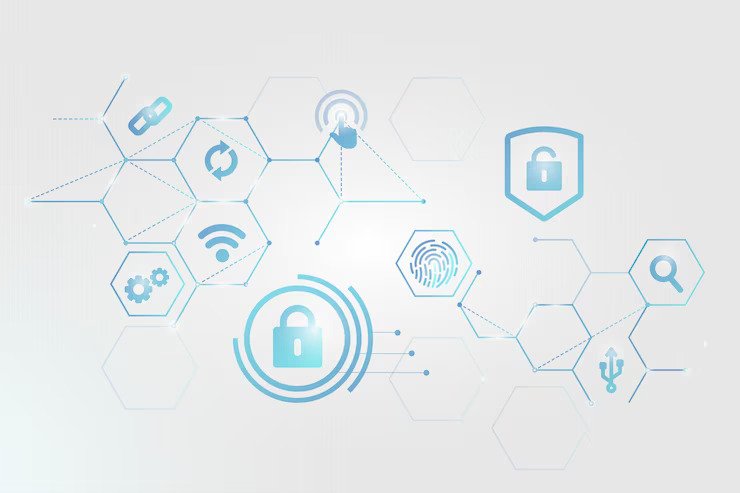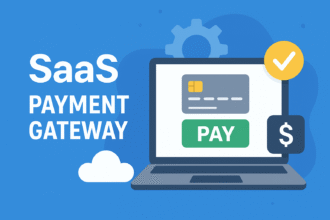Data Security in the Digital Age: Best Practices for Businesses
In this digital age, data powers many businesses. It provides crucial information for decision-making, trend forecasting, and opportunity identification. Since data has become more than helpful, data security has become an important area. To protect operations and customers, every forward-thinking business must prioritize data security. So, how do you go about it?
Best Practices for Businesses For Data Security

The following are a few best practices you can adopt:
Identify sensitive data
Before you can protect data, you need to understand what different types of data you already have. Here, you can use data discovery technologies to scan your databases and generate reports based on findings.
A data discovery engine can use different expressions to conduct the search and help categorize your databases. Once all discoveries have been made, you can label your sensitive or private data with a digital signature that denotes the classification. After this, you need to ensure that adequate controls are in place that prevent data theft or exploitation. For instance, you can authorize only privileged users to be able to downgrade the data’s classification.
Control access to sensitive data
Implement access controls for your data that restrict sensitive information for unauthorized users. These controls can be physical, administrative, or technical.
Physical controls involve measures such as physically locking the workstations in place so that they can’t be dislocated, deploying video surveillance through CCTV devices, motion sensors, etc. that help identify unauthorized entities from stealing data or raising other types of security risks.
Administrative controls entail company policies related to data protection that all employees have to follow. These include giving data security training on a regular basis so the employees are aware of security risks such as social engineering, phishing attacks, malware, etc. It also includes raising awareness of good security habits such as using strong passwords and avoiding high-risk websites such as pirated software websites, adult websites, etc.
Technical controls are access controls deployed on the data level. For instance, in some cases, users have to copy or store private data of customers or clients remotely. When this takes place, you can ensure that the cache of both the source and destination storage are cleared after the session is over or when the user logs off. Another option could be using encrypted RAM to transfer the data.
Along with access controls, you need to grant user permissions by following the principle of least privileges. This principle entails that a user should only get access to specific data or resources needed to fulfill their duties.
You can grant the following permissions:
- Full Control — The user can read, execute, modify and delete files; assign permissions; and take ownership.
- Modify — The user can read, write and delete the file.
- Read and Execute — The user can run the executable file.
- Read — The user can read but not modify the file.
- Write — The user can read and modify the file but not delete it.
Use encryption
Another highly effective data security technique is data encryption. It’s used by a wide range of small and large businesses today in different ways. For instance, if you are sending sensitive data across a network, then you can encrypt it at the source and decrypt it at the destination. In this way, even if an unauthorized entity taps into the transmission, they can’t decipher the information. Similarly, you can apply encryption to hard drives that contain PII or private data.
A simple but effective data encryption technique that can be easily applied is Windows’s Encrypting File System (EFS) technology. This technology encrypts your data in a way that when someone tries to open the file, EFS decrypts the data in the background and provides the actual data to the application being used.
Encryption is one of the most fundamental data security best practices, yet it is often overlooked. All critical business data should be encrypted while at rest or in transit, whether via portable devices or over the network. For advanced data security solutions, you can look into third-party data encryption or data masking tools on the Internet. These are widely used by enterprises that conduct data testing during the development of new applications.
Backup your data
A strong safeguard against data loss is creating regular backups. This practice ensures that even if primary databases get lost due to corruption, malware infection, etc. there are duplicate databases that can be restored.
Such backups can be of three types:
- Full — In full backups, all data is archived. Naturally, it’s the best form of backup. However, it has certain drawbacks. The big one is that it’s highly time-consuming and increases resource dependency which affects server performance.
- Differential — In differential backups, only changes since the last full backup are archived. Thus, such backups are faster and more efficient than full backups, although they still slow down the network to some extent.
- Incremental — In incremental backups, changes since the last backup of any type are archived. It’s the fastest backup of all but comes with one constraint. Let’s say you created a full backup of your database and there are multiple incremental backups afterwards. If you need to restore all the data, then you need to restore all incremental backups in sequence.
Bottom Line
Data security has become more important than ever today. No business can afford to underestimate it in light of rigid regulations such as HIPAA and GDPR. We have shared many useful techniques and best practices in this domain above. You can apply the same and protect your business data from breaches and other risks. Remember- you can’t protect your data enough!

















